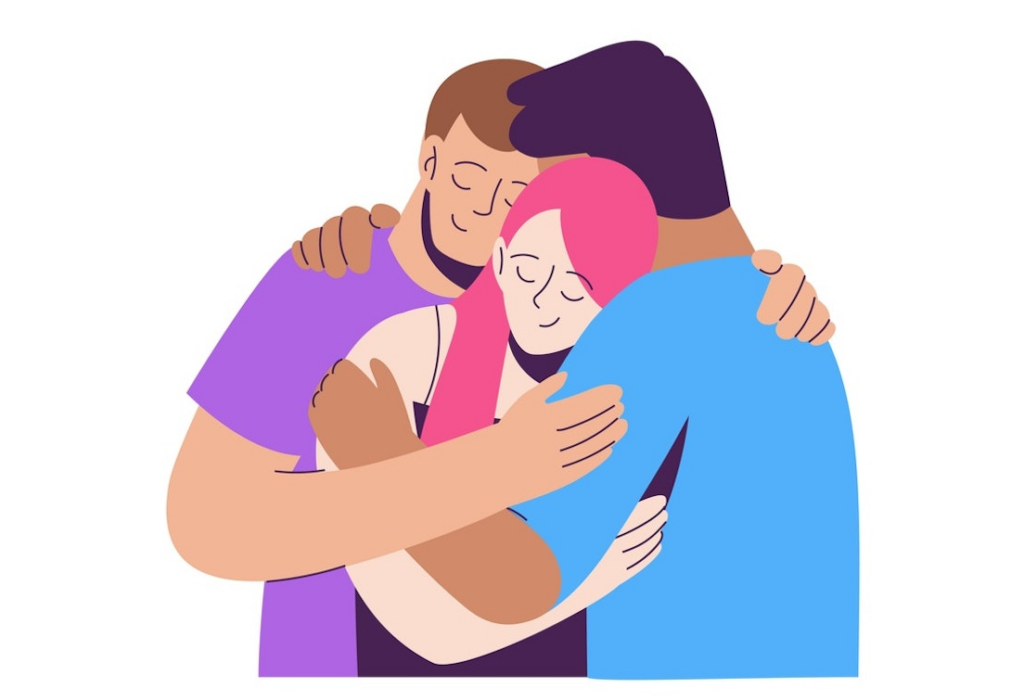Open relationships encompass a broad range of non-monogamous relationship structures wherein all participants have agreed upon emotional and/or sexual intimacy with others beyond their primary partnership. Approximately 4-5% of Americans are engaged in such relationship configurations.
A demographic analysis reveals a gender disparity regarding interest in open relationships. Specifically, 60% of men and 40% of women have expressed at least some interest in pursuing polyamorous relationships during their lifetimes, which reflects underlying societal, cultural, or perhaps personal predispositions towards non-monogamy.
The discussion of open relationships often intersects with various aspects of relationship quality and personal well-being, such as relationship satisfaction, sexual satisfaction, and mental health outcomes. Research indicates that relationship satisfaction levels among those in open relationships are comparable to those in monogamous relationships.
This finding suggests that the structure of a relationship might not be the sole or even primary, determinant of relationship quality. Moreover, a Berlin research group’s investigation into sexual satisfaction discovered that 71% of individuals in open or polyamorous relationships reported satisfaction with their sex lives, although this percentage is slightly lower than the 82% satisfaction rate reported by individuals in monogamous relationships.

Health, safety, and emotional dynamics in open relationships
An essential aspect of a relationship being open is the management of health and safety. Studies indicate that individuals in non-monogamous relationships often exhibit more consistent practices of safer sex than their monogamous counterparts. This increased adherence to safer sex practices is important, considering the potential increased exposure to sexual health risks inherent in having multiple sexual partners.
It might seem like it would be hard to maintain emotional connections while dating multiple people, but the dynamics of open relationships necessitate a considerable focus on emotional transparency and communication. This emphasis on communication skills is geared towards the unique challenges of relationships that are open to multiple partners, notably jealousy and the maintenance of emotional connections.
Despite the inherent openness of such relationships, 80% of participants in open marriages report experiencing jealousy, which underscores the complexity of human emotions in non-monogamous contexts. Communication, therefore, is not just significant—it is essential—for addressing issues of jealousy, establishing boundaries, and nurturing emotional connections between all parties involved.
Mental health outcomes associated with polyamorous relationships present a nuanced picture. According to survey data, percentages of Gen Z and Millennials perceive open relationships as having a positive impact on mental health. These perceptions might be influenced by broader societal shifts towards more individualised conceptions of relationship satisfaction and well-being.
Additionally, cultural acceptance of open relationships remains low, with 82% of Americans viewing society as not accepting of these relationships, which highlights the stigma still associated with non-monogamy. Despite this, open relationships can exhibit longevity and deep intimacy, directly challenging stereotypes that non-monogamous arrangements are inherently less successful or committed than monogamous ones.
Summary
- Open relationships are becoming increasingly common in the United States, with approximately 4-5% of Americans engaging in some form of non-monogamous relationship.
- While men are more likely to express interest in open relationships, women are not far behind, with 40% expressing interest at least once in their lifetime.
- The satisfaction levels reported by individuals in open relationships are comparable to those in monogamous relationships, indicating that the structure of a relationship is not the only determinant of relationship quality.
- Health and safety are important aspects of open relationships, and studies indicate that individuals in non-monogamous relationships often exhibit more consistent practices of safer sex than their monogamous counterparts.
- Communication is the key to maintaining emotional connections in open relationships and addressing issues of jealousy and establishing boundaries between all parties involved.
- Open relationships can have a positive impact on mental health, particularly among Gen Z and Millennials, despite the stigma still associated with non-monogamy.
For even more lifestyle & general posts like this, click right here.